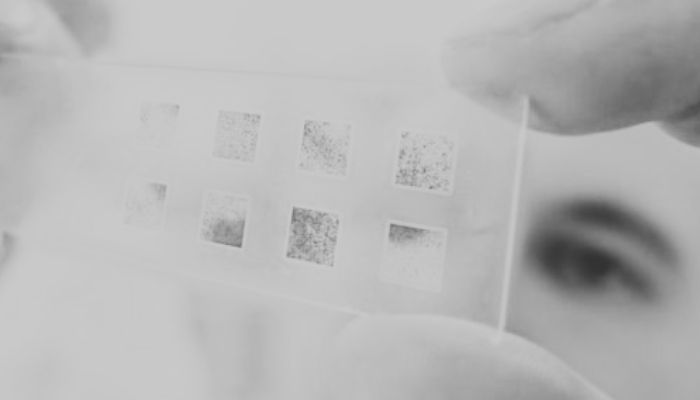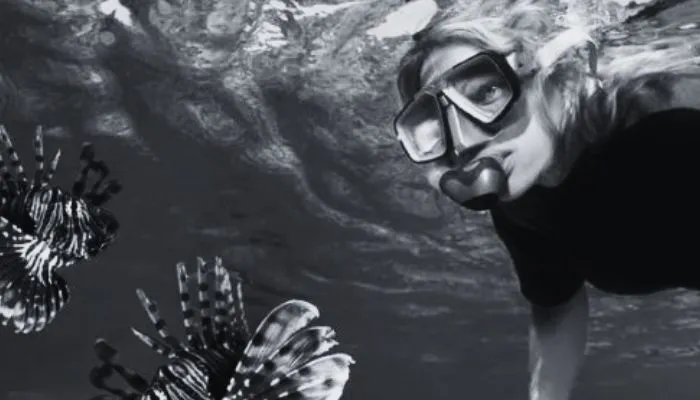We explain what research techniques are and what they are for. Also, what types of techniques exist and some examples.
What are research techniques?
Research techniques are the set of tools, procedures and instruments used to obtain information and knowledge. They are used according to the protocols established in a specific research methodology.
Research techniques are the resources available to a researcher, which allow them to obtain data and information. The techniques do not by themselves guarantee that the interpretation or conclusions obtained are correct. For the latter, it is necessary that the technique be applied within the framework of a method.
The use of research techniques is fundamental in any scientific research process, since:
- It allows you to organize the various stages of the research, from data collection to its analysis and interpretation.
- It facilitates control of the quantity and quality of the information obtained throughout the investigation.
- It constitutes a guide on the validity of the research hypothesis.
In all areas of knowledge, from biology and physics to psychology and history, research techniques are used. Some techniques, such as the interview, are common to many disciplines. Others, however, are specific to a particular area. This is the case, for example, of cell culture techniques used in biochemical research. Quickly get information about life project
Differences between research techniques and methods

Techniques and methods are aspects present in all research. While the techniques are the tools used in an investigation, the method refers to the steps or stages that must be followed in it.
Thus, for example, the method in a research includes, among other stages, the formulation of the problem, the formulation of hypotheses and the verification of the hypothesis. In each of these stages one or more techniques are applied; For example, in posing the problem, techniques such as observation and note-taking may be used.
Research techniques are means through which the method is carried out. In this sense, they only have value insofar as they allow us to follow the path outlined by the method. In turn, the research method has value to the extent that it allows explaining and describing the phenomenon under investigation.
Types of research techniques
There are numerous research techniques. The use of one or another technique depends on the specific area in question and the topic being investigated. To classify research techniques, various criteria are used.
Depending on whether the information they provide is quantifiable or not, they are distinguished between:
- Quantitative research techniques: They include data collection and analysis techniques that can be expressed in numerical form. They usually include standardized formats, such as closed-ended questionnaires, in order to minimize potential bias.
- Qualitative research techniques: Generally, they are aimed at obtaining information related to the opinions, attitudes and behaviors of individuals. They are commonly used in social (education, public policies) and market research. Examples of these techniques are interviews and open-ended questionnaires.
Taking into account the source from which information is obtained, three types of research techniques are recognized:
- Documentary techniques: These are those that collect information from various sources (books, theses, magazines and newspapers, etc.) and use instruments defined according to said sources. They are frequently used in historical research, in which texts from the period being studied are used. They are also used in research in other areas, to establish the theoretical framework of the research.
- Field techniques: These are those that promote direct observation of the object of study in its context, in order to extract the greatest amount of information in situ, that is, in the place itself. They are applied in many investigations aimed at studying behavior, whether of people or groups.
- Experimental techniques. They are those used as part of an experiment, that is, the study of a phenomenon – often under controlled conditions – in order to test a hypothesis. These techniques are characteristics of the natural and physical sciences, although they are also used in other types of research.
Examples of research techniques

Some simple examples of research techniques are:
The interview: It is a qualitative technique of a documentary nature. It consists of asking one or more individuals questions in relation to the topic being investigated, in order to obtain information (for example, about what they think, feel or have experienced, or what they remember). This information can then be processed statistically or through other methods. According to the purpose of the research, the interview can be carried out in two ways:
- Structured, with fixed questions.
- Unstructured, with a freer scheme.
As a research technique, the interview is particularly useful in the field of social sciences.
Observation: Fundamental to every scientific principle, observation is a qualitative technique that consists of the attentive perception of a phenomenon and its description. To carry it out, various means are usually used: instruments (thermometer, scale, microscope), work diaries, notebooks, etc. Observation is applied in the various stages of the research process, from the formulation of the problem to the verification of the hypothesis and the drawing of conclusions. As the investigation progresses, more precise means of observation are used.
The questionnaire: Similar in some aspects to the interview, it is a set of questions prepared in order to obtain information regarding the phenomenon or variable being investigated. It can be done in person or virtually. To serve the research objectives, the questionnaire must be carefully designed, for example, avoiding questions that may be ambiguous or that induce a certain response. Depending on their form of presentation, the questionnaires can be:
- Open, with free response questions.
- Closed, with questions that can only be answered yes or no, or that contain a series of predetermined answers.
Cards: In their traditional format, they are cards used to record information. Currently, digital files are used. According to their content, the cards can be classified into:
- Reference sheets, which contain the identification data of a publication that has been consulted (books, magazines, articles, etc.).
- Summary and citation sheets, which contain the synthesis or a quote from a source consulted.
- Analysis sheets, which contain comments and reflections by the researcher about the sources he has consulted, or referring to the observations made.
The experiment: It consists of carrying out a test or observation in relation to the variables of a phenomenon, in order to analyze its effects.
- On many occasions, the phenomenon being studied is artificially recreated in the laboratory, which allows the variables to be analyzed to be manipulated (for example, the temperature of an object or the force exerted on it).
- On other occasions, in which it is not possible to reproduce the phenomenon in a laboratory or it is interesting to study it in its environment, the experiment is carried out by observing the variables and, in certain cases, comparing them with a control group. Examples of experiments of this type are studies of meteorological phenomena and field studies carried out in the social sciences.
